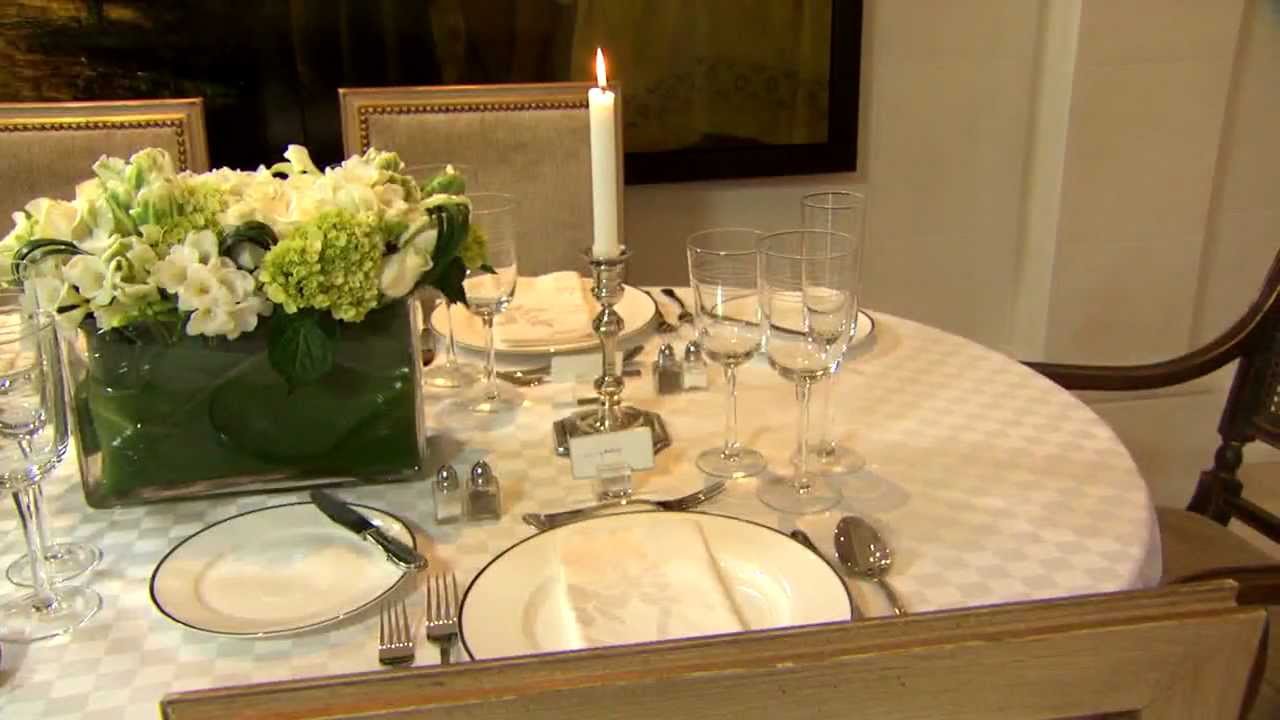

Tableware
How To Arrange Place Settings
Modified: February 24, 2024
Learn how to arrange place settings with tableware in the perfect order and create an elegant dining experience. Expert tips and step-by-step guide inside!
(Many of the links in this article redirect to a specific reviewed product. Your purchase of these products through affiliate links helps to generate commission for Storables.com, at no extra cost. Learn more)
Introduction
When it comes to hosting a meal, whether it’s a formal dinner party or a casual get-together, the way the table is set can make a significant impact on the overall dining experience. A well-arranged place setting not only adds elegance to the table but also helps guests feel more comfortable and at ease.
In this article, we will explore the art of tableware arrangement and provide comprehensive guidance on how to create aesthetically pleasing and functional place settings. From the basic concepts of place settings to formal and informal arrangements, we will cover it all. So whether you’re a seasoned host looking to enhance your table decor or a novice entertainer wondering how to impress your guests, read on to discover the secrets of impeccable place settings.
Before diving into the intricacies of place settings, let’s take a moment to understand why they matter. A thoughtfully arranged table setting not only creates a visually appealing ambiance but also helps to streamline the dining experience. Each element of the place setting serves a specific purpose, from indicating where each guest should sit to providing the necessary utensils for the meal.
Moreover, well-organized place settings showcase the host’s attention to detail and hospitality. They convey a sense of care and effort put into creating a pleasant dining experience for the guests. Whether it’s a formal affair or a relaxed gathering, a properly arranged table setting sets the tone for the meal and makes everyone feel special.
Throughout this article, we will discuss the different types of place settings for various occasions and meals, as well as the etiquette and tips for arranging them. So, whether you’re hosting a fancy dinner party or a simple family gathering, you’ll be equipped with the knowledge to impress your guests and create a memorable dining experience.
Ready to delve into the world of tableware arrangement? Let’s start with the basic concepts of place settings.
Key Takeaways:
- Elevate any dining experience by understanding the basic concepts of place settings and arranging tableware for different meals, creating visually appealing and functional tablescapes that impress guests.
- Strike a balance between aesthetics and functionality, following proper etiquette while leaving room for personalization and creativity in table arrangements, making each occasion memorable and enjoyable.
Read more: How To Arrange Place Settings For Silverware
Basic Concepts of Place Settings
Before we dive into the specific arrangements for different types of meals, it’s essential to understand the basic concepts of place settings. These concepts form the foundation for properly arranging tableware and creating a harmonious dining experience.
1. Placement of Utensils: Utensils should be placed in the order they will be used, from the outside in. This means that the utensils for the first course should be placed farthest from the plate, and those for subsequent courses should be arranged closer to the plate. Knives and spoons are typically placed to the right of the plate, while forks are placed to the left.
2. Flatware Placement: When arranging flatware, ensure that the tips of the utensils are aligned and spaced evenly. This creates a polished and organized look. If you’re using a napkin, it can either be placed to the left of the forks or creatively folded and placed on the plate.
3. Plate Placement: Each place setting begins with a dinner plate at the center. Plates should be positioned about an inch away from the edge of the table, ensuring that there’s ample space for the other elements of the place setting.
4. Glassware Placement: Glassware is placed above and to the right of the dinner plate. Arrange glasses in the order they will be used, with the water glass placed closest to the plate, followed by wine glasses, if necessary. Stemware should be aligned with the right edge of the dinner plate.
5. Napkin Placement: Napkins can be placed to the left of the forks, unfolded, or creatively folded and placed on the plate. Alternatively, you can use a napkin ring or fold the napkin intricately and place it on top of the dinner plate.
6. Additional Elements: Depending on the occasion, you may choose to include additional elements such as bread plates, soup bowls, butter knives, or salad plates. These items should be placed appropriately, considering the order in which they will be used and the space available on the table.
Now that we’ve covered the basic concepts of place settings, let’s explore the different arrangements for formal and informal dining occasions.
Formal Place Settings
Formal place settings are typically used for special occasions or formal events such as weddings, galas, or fancy dinner parties. These settings are more elaborate and involve a greater number of utensils and tableware. Let’s take a look at the key elements of a formal place setting:
1. Charger Plate: A charger plate is a large decorative plate that serves as a base for the dinner plate. It is placed at the center of the setting and is typically taken away before the main course is served.
2. Multiple Forks and Spoons: A formal place setting may include several forks and spoons, each designated for a specific course. Starting from the left side of the plate, arrange the forks in the following order: fish fork, salad fork, dinner fork. On the right side, place the spoons in the order they will be used: soup spoon, teaspoons, and dessert spoon.
3. Multiple Knives: On the right side of the plate, place the knives starting from the outside and working towards the plate. Arrange them in this order: fish knife, salad knife, dinner knife. The blade of each knife should face inward toward the plate.
4. Wine and Water Glasses: Place the wine glasses above the knives, slightly towards the right side of the plate. The order of the glasses depends on the types of wine being served. The water glass is positioned above and to the right of the wine glasses.
5. Bread and Butter: If bread is served during the meal, place a bread plate on the left side of the setting with a butter knife placed horizontally across it.
6. Place Card: In formal settings where assigned seating is involved, a place card with the guest’s name is placed above or beside the charger plate to indicate their designated seat.
Remember, in formal settings, attention to detail is crucial. Ensure that all elements are precisely aligned and properly spaced. Utensils and glasses should be evenly spaced, and the overall arrangement should exude elegance and sophistication.
Now that we’ve covered the essentials of formal place settings, let’s move on to informal place settings, which are more relaxed and commonly used for everyday meals or informal gatherings.
Informal Place Settings
Informal place settings are less formal and are commonly used for everyday meals or casual gatherings. They are simpler in design and typically require fewer utensils and tableware. Here are the key elements of an informal place setting:
1. Dinner Plate: The dinner plate is placed at the center of the setting, serving as the main eating surface.
2. Utensils: Place a fork on the left side of the plate and a knife on the right side. The blade of the knife should face inward. Optionally, you can include a soup spoon above the knife if soup is being served.
3. Water Glass: Position the water glass above and to the right of the dinner plate. If desired, you can also include a wine glass to the right of the water glass.
4. Napkin: The napkin can be placed to the left of the forks or creatively folded and placed on the dinner plate.
5. Optional Extras: Depending on the meal being served, you may choose to include additional items such as a salad plate, bread plate, or dessert fork. These items can be placed on the left side of the dinner plate.
Informal place settings are more relaxed, allowing for flexibility in arrangement and fewer utensils. However, it’s still important to maintain a sense of balance and visual appeal on the table. Keep in mind that the key is to create a comfortable and enjoyable dining experience for your guests.
Now that we’ve explored both formal and informal place settings, let’s move on to specific arrangements for different types of meals.
Setting the Table for Breakfast
Breakfast is often considered the most important meal of the day, and setting the table appropriately can add a touch of elegance and organization to your morning routine. Here’s how to set the table for breakfast:
1. Dinner Plate: Place a dinner plate at the center of the setting. This will serve as the main plate for the meal.
2. Utensils: Set a fork on the left side of the plate and a knife on the right side. If you’re serving eggs or toast, you may want to include a small butter knife as well.
3. Coffee Cups: Place a coffee cup and saucer to the right of the knife. If you’re serving tea, you can include a teacup and saucer instead. Make sure to have spoons available for stirring.
4. Napkin: The napkin can be creatively folded and placed on the dinner plate or placed to the left of the forks.
5. Optional Extras: Depending on your breakfast menu, you may choose to include additional items such as a cereal bowl, juice glass, or small fruit plate. These can be placed to the right of the coffee cups.
Setting the table for breakfast is a more casual affair compared to formal or dinner settings. However, it’s still important to maintain a neat and organized arrangement. Providing all the necessary utensils and tableware will ensure a pleasant breakfast experience.
Next, let’s move on to setting the table for lunch or brunch, where the atmosphere is slightly more relaxed.
When setting a formal place setting, remember the acronym BMW: Bread plate on the left, Meal plate in the center, and Water glass on the right. This will help you remember the proper arrangement.
Read more: How To Arrange Silverware In A Place Setting
Setting the Table for Lunch or Brunch
Whether you’re hosting a midday lunch or a leisurely brunch, setting the table for this meal can create an inviting and enjoyable dining experience. Here’s how to set the table for lunch or brunch:
1. Dinner Plate: Place a dinner plate at the center of the setting. This will serve as the main plate for the meal.
2. Utensils: Set a fork on the left side of the plate and a knife on the right side. If you’re serving a salad or appetizer, you may want to include a smaller fork or a salad fork as well. For soup, place a soup spoon to the right of the knife. Ensure that the tips of the utensils are aligned and evenly spaced.
3. Glassware: Position a water glass above and to the right of the knife. You can also include a wine glass to the right of the water glass, depending on your guests’ preferences.
4. Napkin: The napkin can be folded and placed to the left of the forks or creatively folded and placed on the dinner plate.
5. Bread and Butter: If you’re offering bread or rolls, place a bread plate to the left of the forks with a butter knife horizontally across it. This allows guests to easily access bread and spread butter.
6. Optional Extras: Depending on your menu, you may choose to include additional items such as a salad plate or a dessert spoon. These can be placed to the left of the forks or above the dinner plate, respectively.
Setting the table for lunch or brunch offers a balance between formality and informality. It allows for a more relaxed atmosphere while still maintaining a sense of organization and attention to detail.
Now that we’ve covered breakfast and lunch/brunch table settings, let’s move on to setting the table for dinner, where a more formal approach may be required.
Setting the Table for Dinner
Setting the table for a dinner party or a formal dinner requires careful attention to detail to create an elegant and refined ambiance. Here’s how to set the table for dinner:
1. Charger Plate: Begin by placing a charger plate at the center of the setting. This larger decorative plate serves as a base and adds an element of sophistication to the table.
2. Dinner Plate: Position a dinner plate on top of the charger plate. This is where the main course will be served.
3. Utensils: Arrange the utensils around the dinner plate. Place the dinner fork to the left of the plate and the dinner knife to the right, with the blade facing inward. To the right of the knife, place the soup spoon if a soup course is being served. If you’re serving seafood, include a seafood fork and knife. Ensure that the ends of the utensils are aligned and evenly spaced.
4. Glassware: Place the water glass directly above the knife. To the right of the water glass, arrange the appropriate wine glasses for each wine being served during the meal. The glasses should be positioned in the order they will be used, with the water glass closest to the centerpiece.
5. Napkin: The napkin can be folded and placed to the left of the forks or creatively folded and placed on top of the dinner plate.
6. Optional Extras: Depending on your menu, you may choose to include additional items such as a bread plate with a butter knife, a salad plate, or a dessert spoon. These can be placed accordingly around the dinner plate.
Remember to maintain a sense of symmetry and balance in your dinner table setting. Each element should be precisely positioned to create a visually pleasing arrangement.
Now that we’ve explored different types of table settings, let’s move on to some general etiquette and tips for place settings.
Etiquette and Tips for Place Settings
When it comes to place settings, there are a few etiquette guidelines and tips to keep in mind. These will help ensure that your table arrangements are not only visually appealing but also create a comfortable and enjoyable dining experience. Here are some key points to consider:
1. Space: Allow sufficient space between each place setting to ensure your guests have enough elbow room. Aim for around 24 inches of space between each chair to promote ease of movement.
2. Alignment: Pay attention to the alignment of your tableware. Utensils, glasses, and plates should be evenly spaced and aligned with one another. This creates a polished and organized look.
3. Cleanliness: Make sure all of your tableware, including plates, glasses, and utensils, are sparkling clean and free of any spots or smudges. A well-maintained table setting adds to the overall appeal of the dining experience.
4. Role of Plates: Remember that plates serve as the foundation of each place setting. They should be centered, about an inch away from the edge of the table, and aligned with one another for a cohesive look.
5. Appropriate Utensils: Provide the necessary utensils for each course. Start with the outermost utensils and work your way in as each course progresses. This ensures that guests have the appropriate utensils for each dish.
6. Clearing Guidelines: If you’re hosting a multi-course meal, communicate with your guests on when they can clear their plates. This ensures that the table remains tidy and uncluttered throughout the dining experience.
7. Centerpiece Height: If you’re using a centerpiece, make sure it is not too tall or obstructive, as it may hinder guests’ views or conversations. Opt for a centerpiece that is of an appropriate height and doesn’t interfere with the functionality of the table.
8. Seasonal Decor: Consider incorporating seasonal decor elements to add a festive touch to your table setting. Whether it’s floral arrangements, seasonal colors, or themed decorations, it can enhance the overall ambiance of the meal.
9. Personalization: For special occasions or formal events, you can personalize each place setting with individual name cards. This adds an extra touch of elegance and makes guests feel special.
Remember, setting the table is an art that allows you to showcase your creativity and attention to detail. Follow these tips and guidelines, but also feel free to add your own unique flair to your table arrangements.
Now that you have a good understanding of place settings, from formal to informal, and some essential etiquette tips, you’re ready to create beautiful and inviting tablescapes for your next meal.
Happy hosting!
Conclusion
Setting the table with care and attention to detail can elevate any dining experience, whether it be a formal dinner party or a casual family gathering. Understanding the basic concepts of place settings and knowing how to arrange tableware for different meals allows you to create visually appealing and functional tablescapes that impress your guests and create a warm and inviting atmosphere.
From the formal elegance of a dinner party to the relaxed simplicity of a breakfast gathering, each occasion calls for a unique table arrangement. The key is to strike a balance between aesthetics and functionality, ensuring that each element is thoughtfully placed with purpose and care.
By following the proper etiquette of place settings, such as aligning utensils, providing appropriate glassware, and maintaining cleanliness, you not only create a visually appealing table but also contribute to the overall dining experience. Guests will feel welcomed and cared for, knowing that you have put effort into creating a pleasant atmosphere for them.
Remember, while there are general guidelines to follow, there is also room for personalization and creativity. Adding seasonal touches, personalized place cards, or your own unique flair allows you to showcase your individual style and make each occasion memorable.
So the next time you gather around the table with your loved ones or host a special event, take the time to set the table with intention and care. Enjoy the process of creating a beautiful dining experience, and let your tableware arrangement set the stage for a meal filled with warmth, connection, and joy.
Now, go forth and become a master of tableware arrangements, creating stunning place settings that leave a lasting impression on your guests.
Frequently Asked Questions about How To Arrange Place Settings
Was this page helpful?
At Storables.com, we guarantee accurate and reliable information. Our content, validated by Expert Board Contributors, is crafted following stringent Editorial Policies. We're committed to providing you with well-researched, expert-backed insights for all your informational needs.
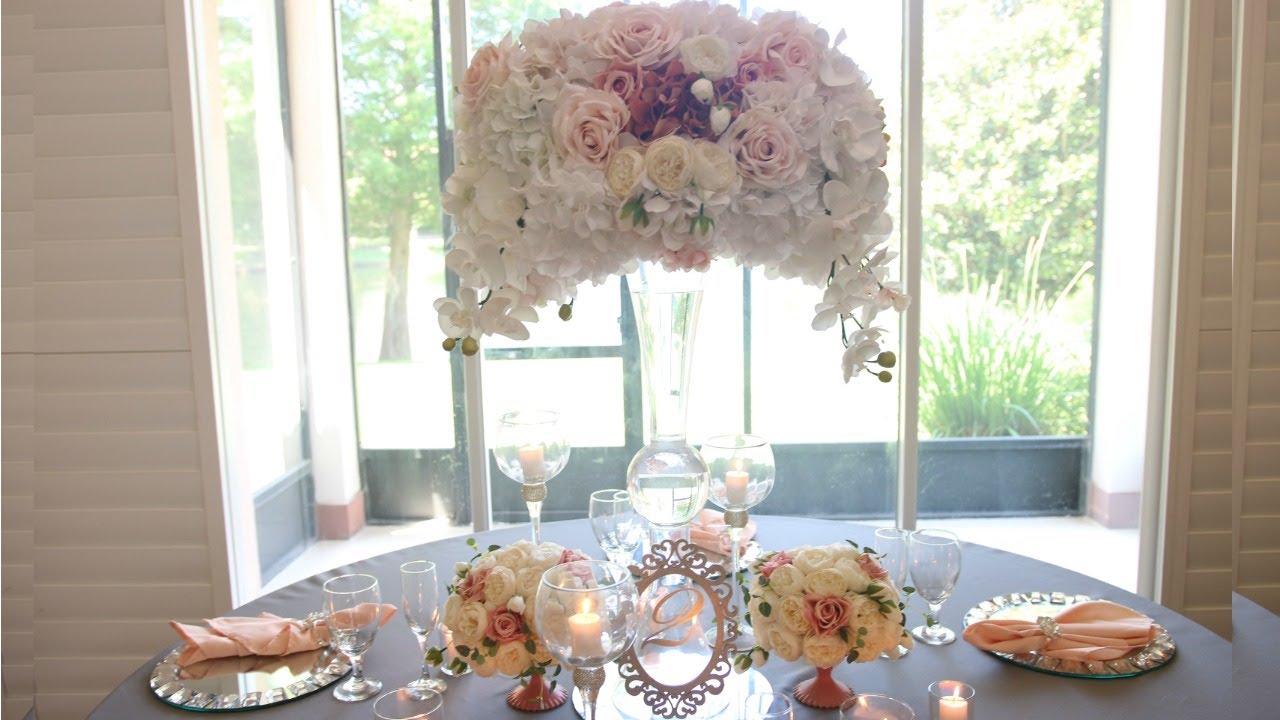
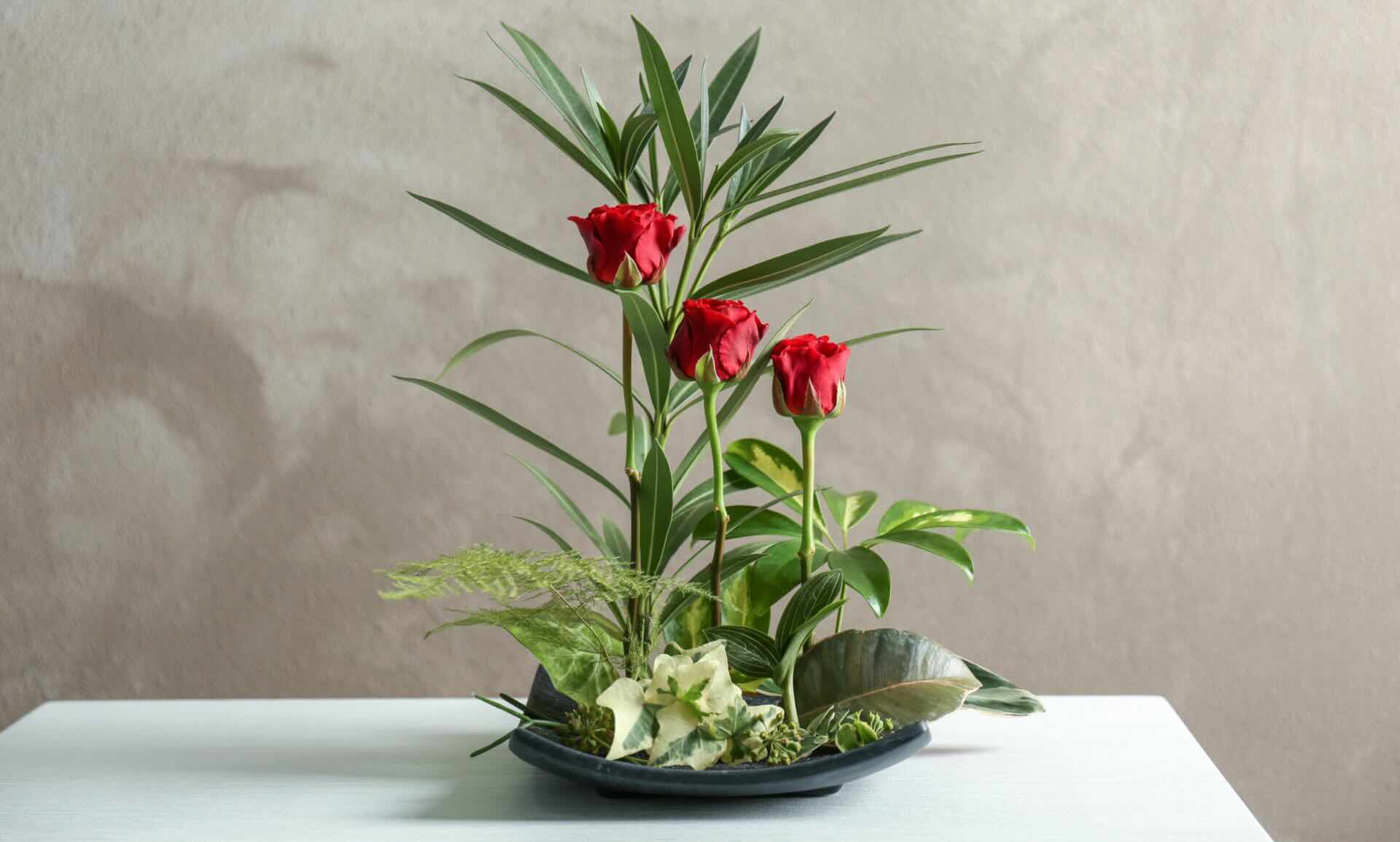
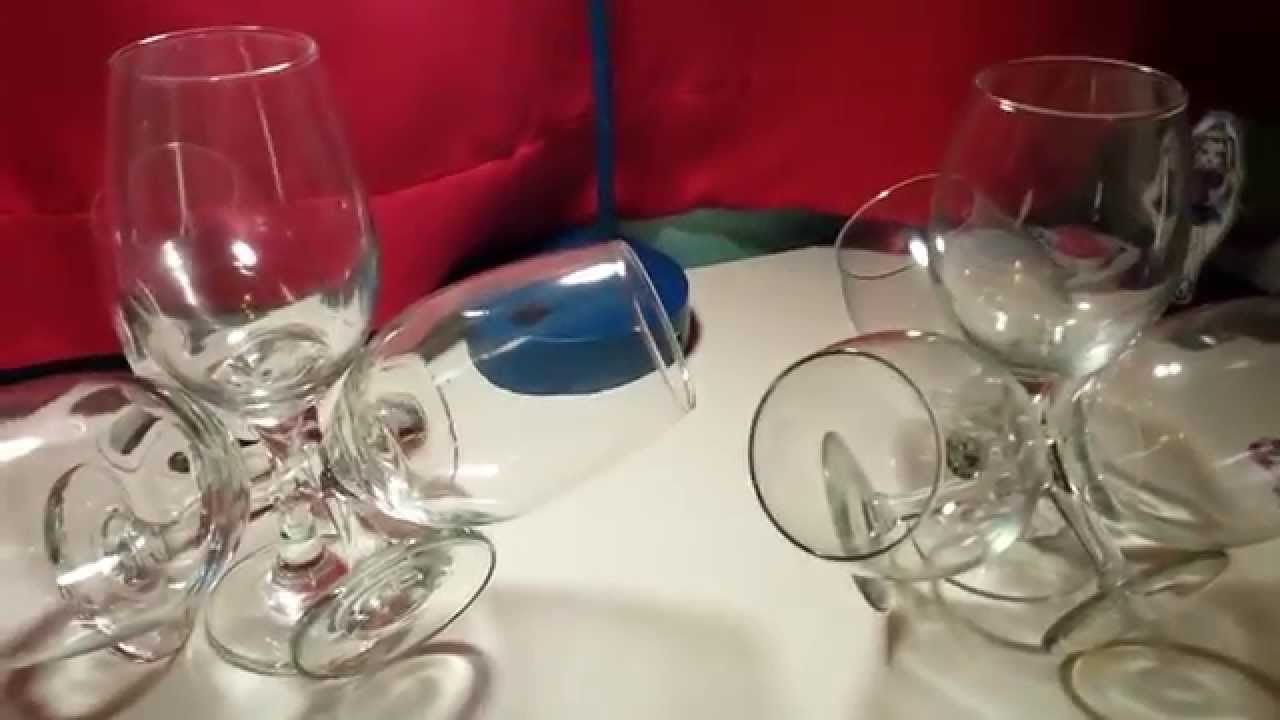
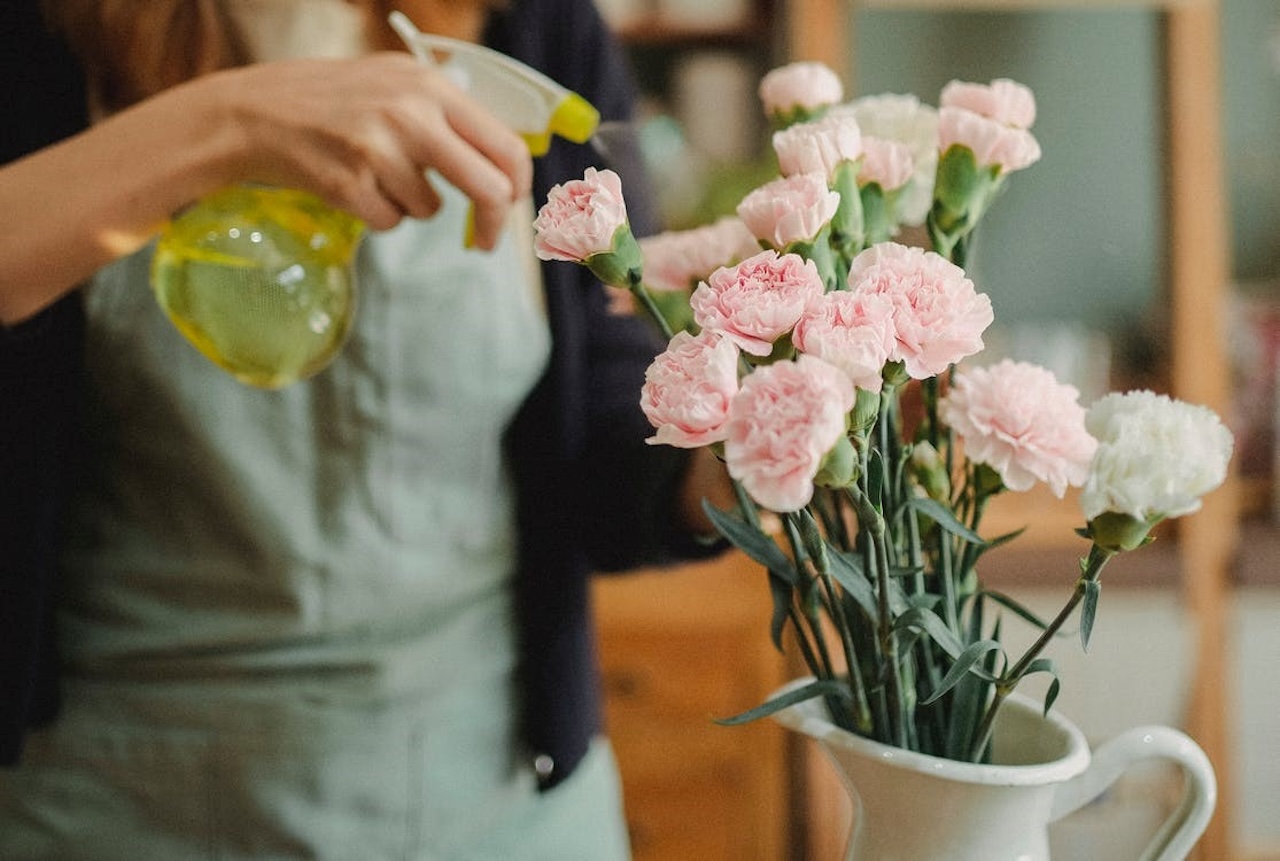
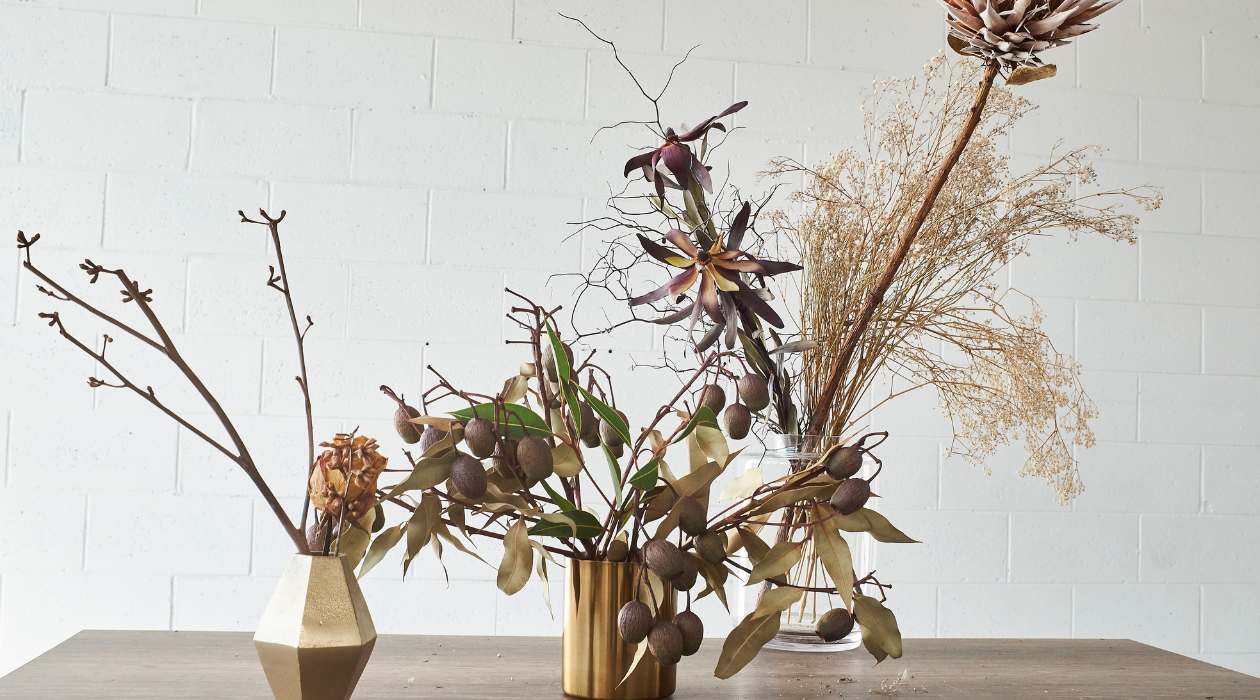

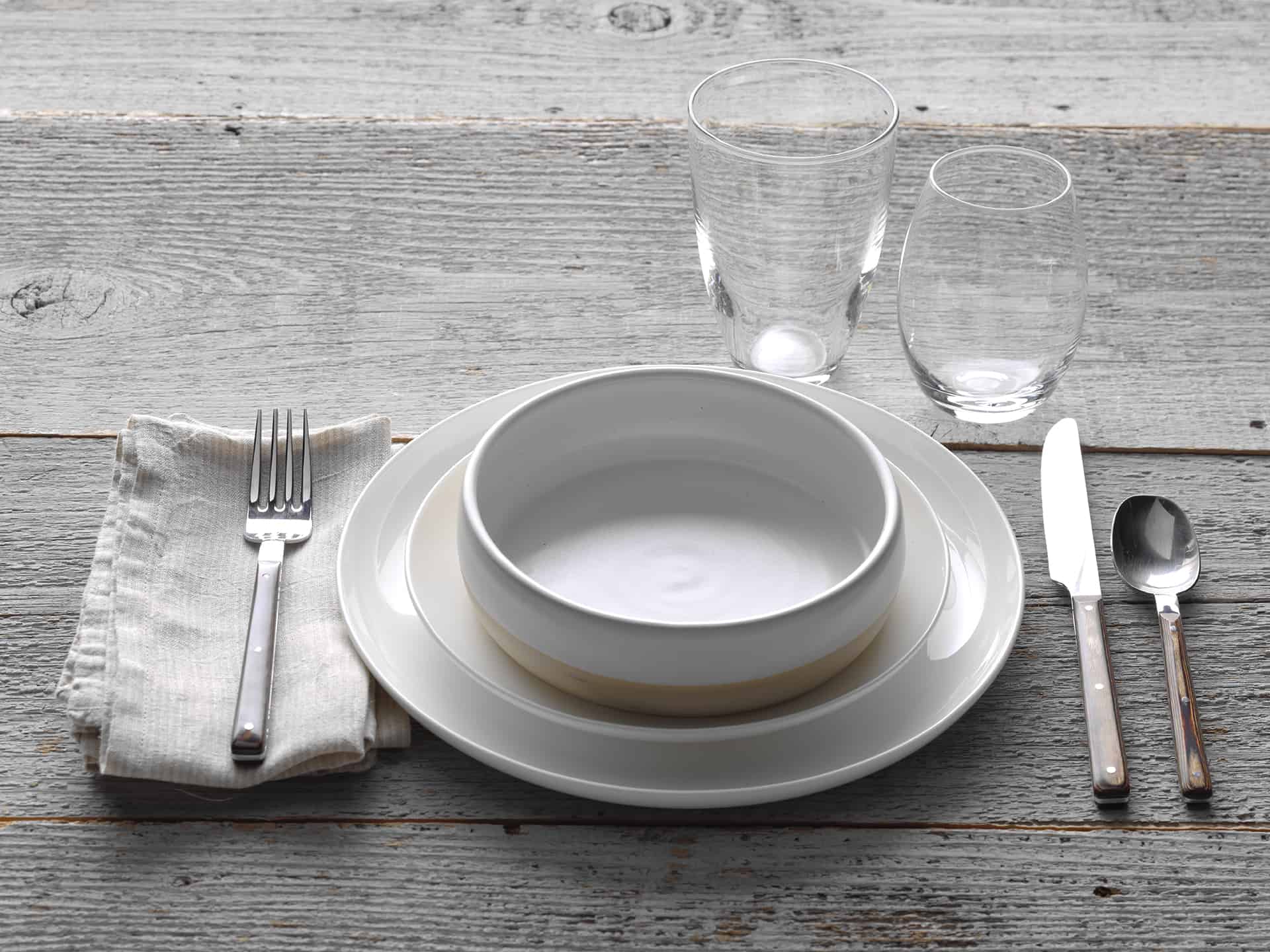
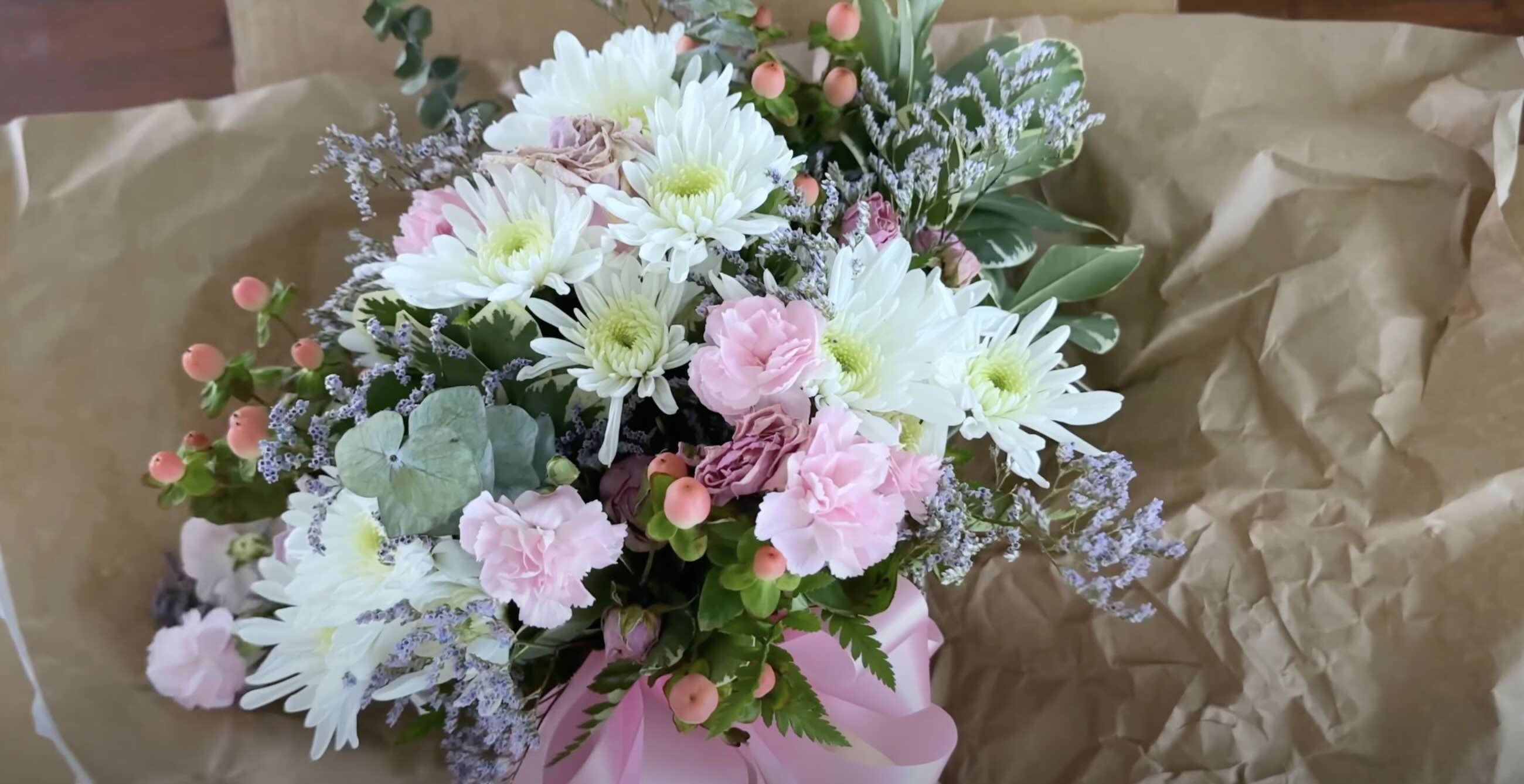
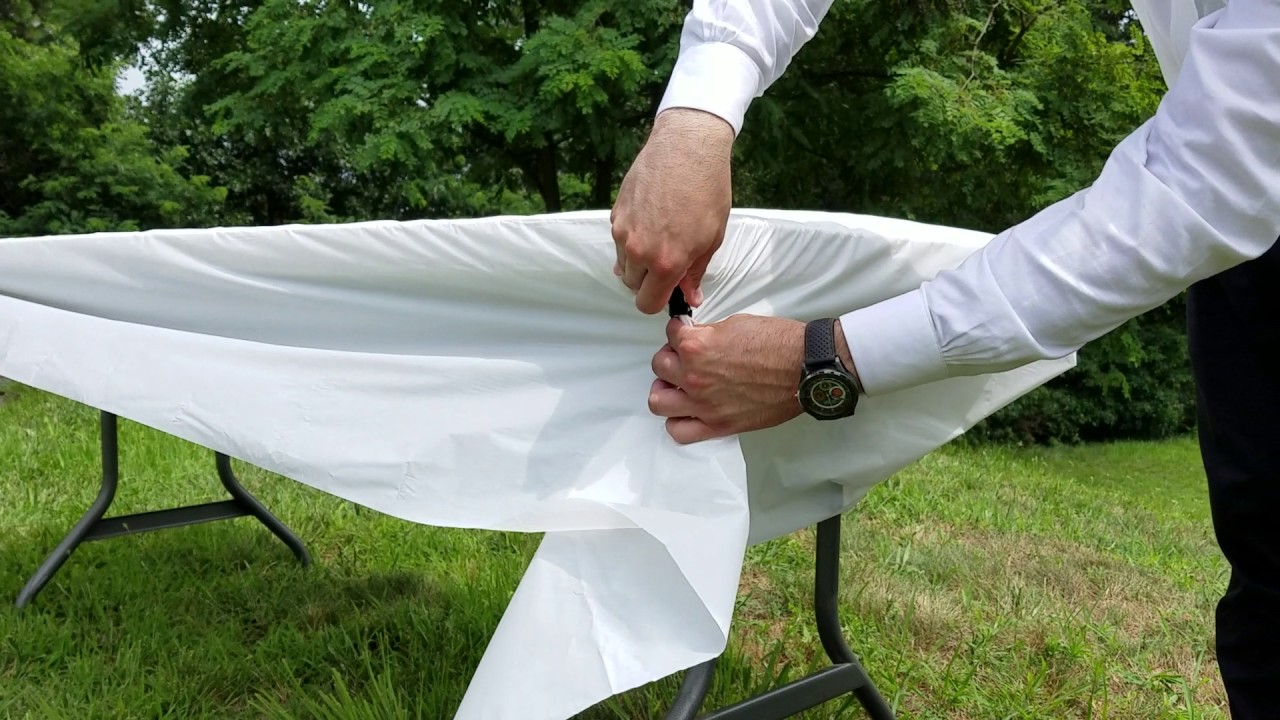
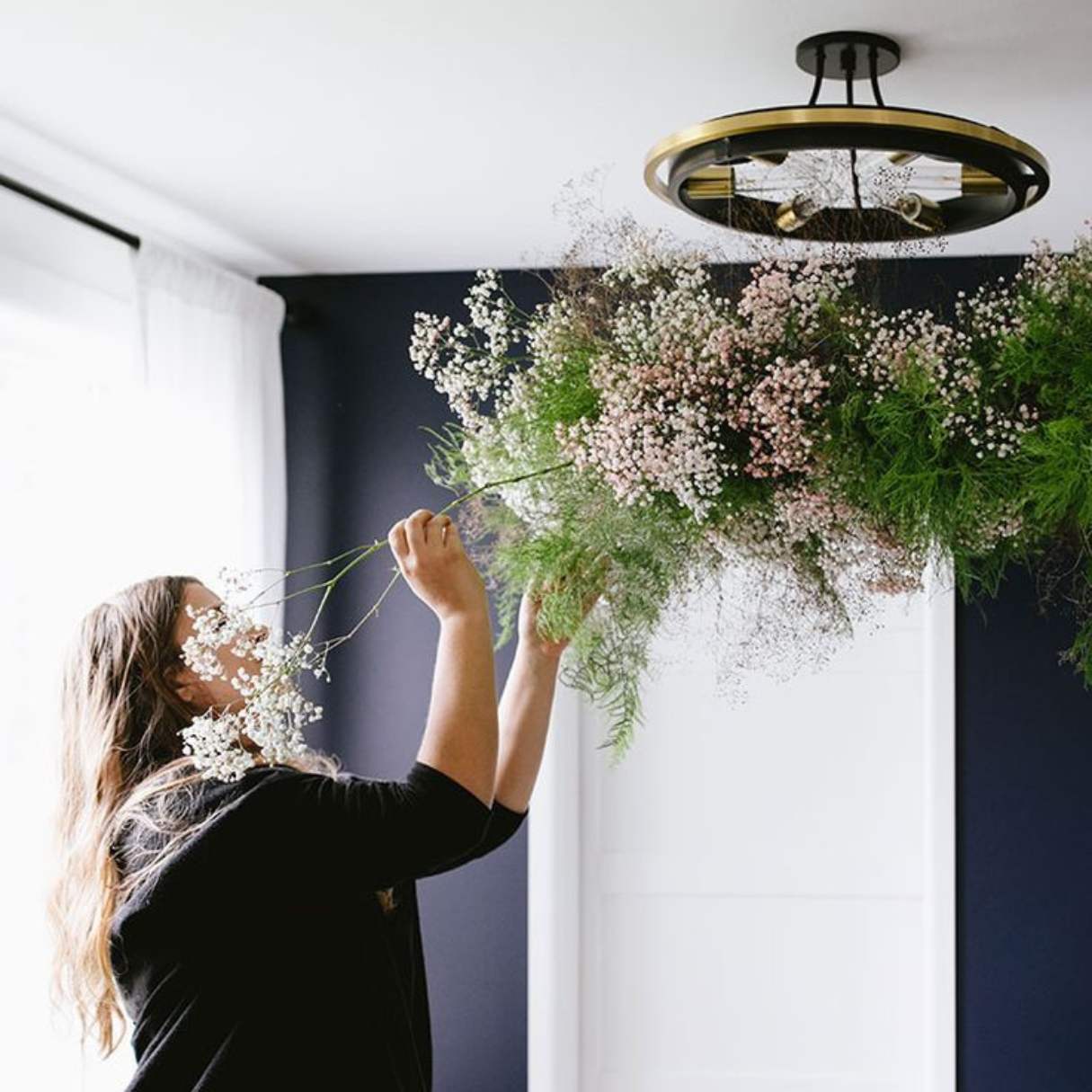
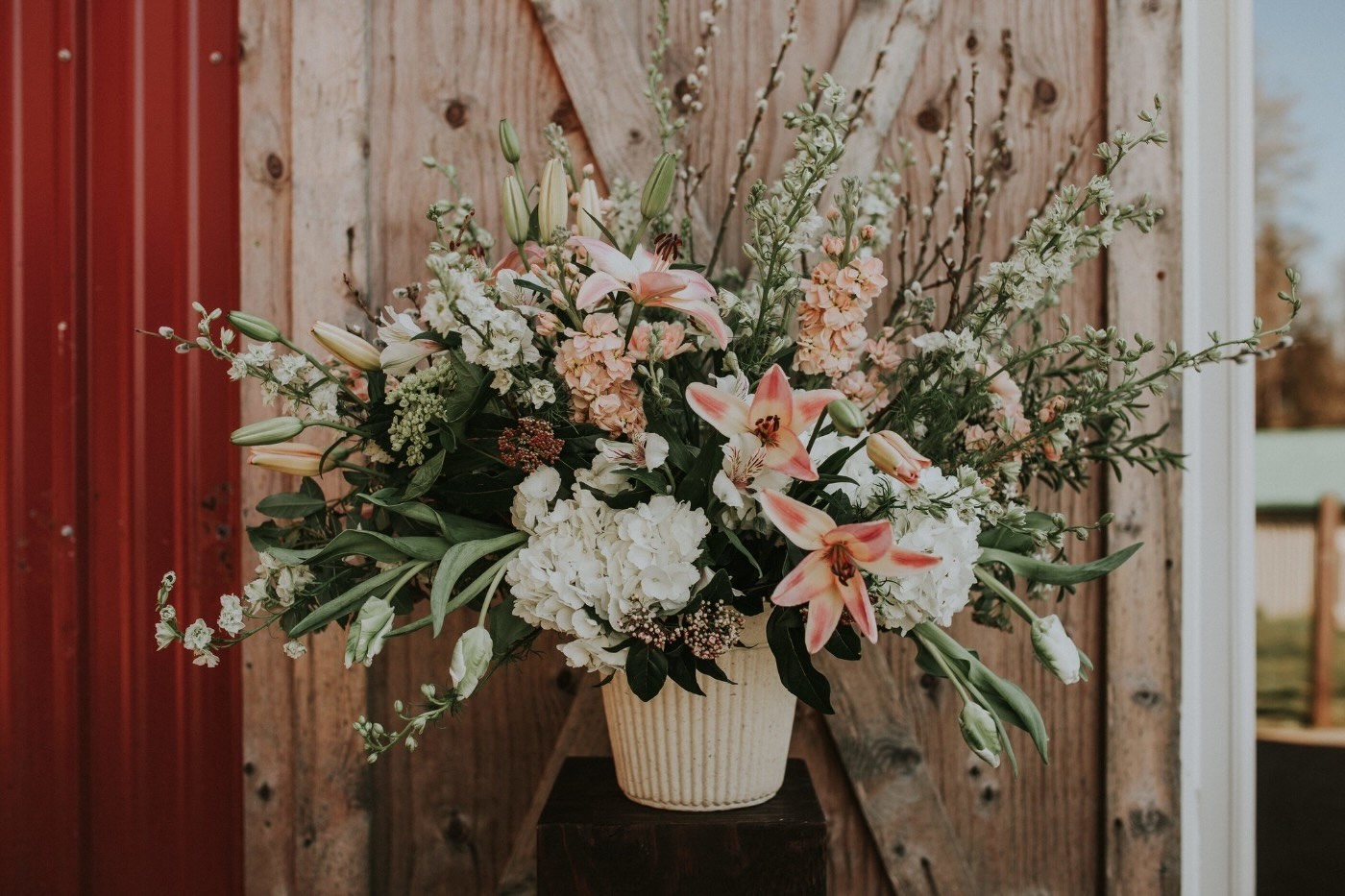
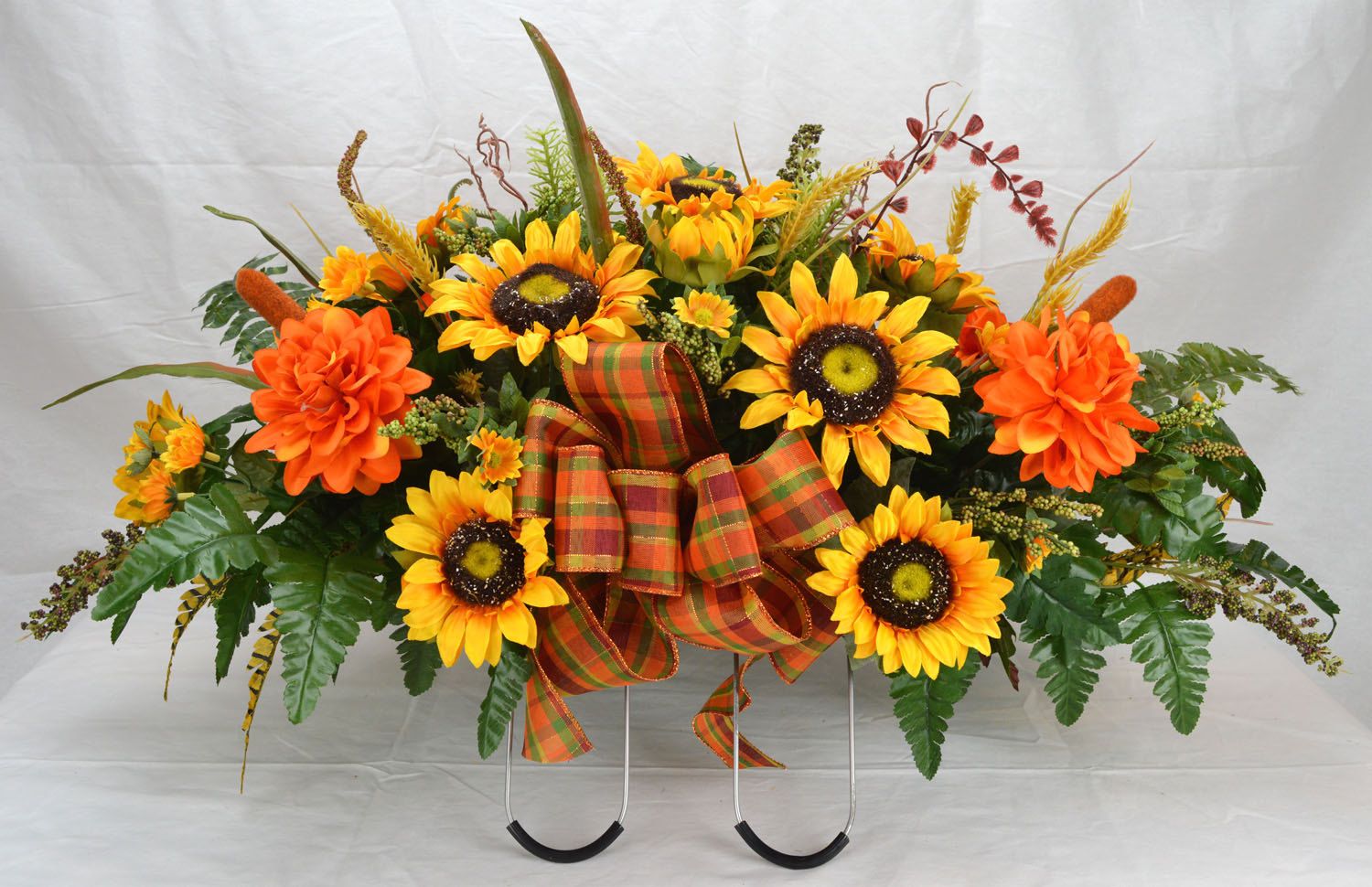

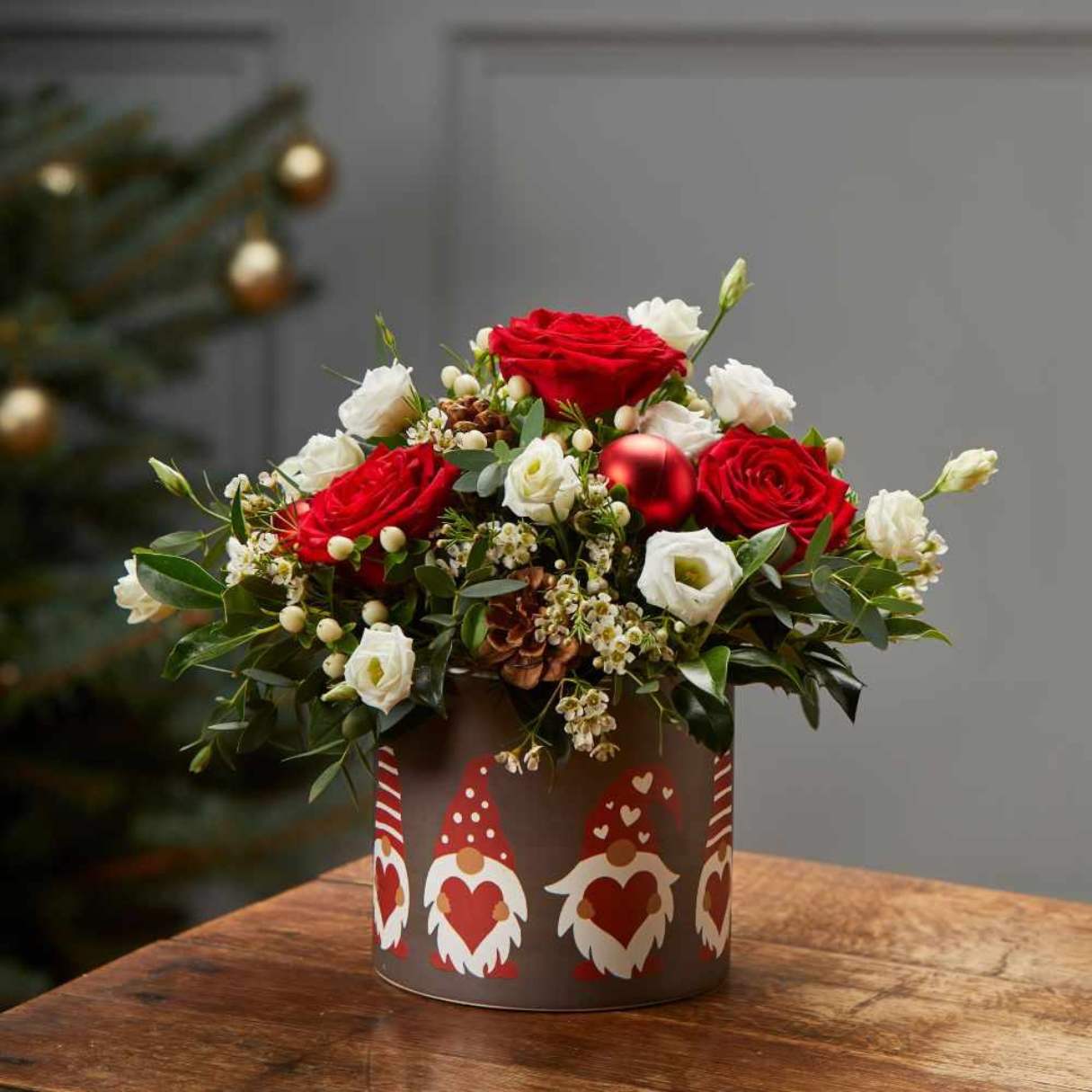

0 thoughts on “How To Arrange Place Settings”